I remember studying Bonjour Tristesse by Françoise Sagan for A-Level French. The syllabus decided to omit the lavish parties and licentious extravaganzas that Sagan attended, or the fact that she had been a precursor of these events.
They missed out the finer details about her stylish arrival in her new Ferrari, and her subsequent involvement in the Saint-Tropez circle of the 1960s alongside Brigitte Bardot, such crucial context considering the novel is all about those languid hot summers and lazy lunches spent à la plage. And the rest of her literary repertoire for that matter. All protests aside, I suppose where better to learn about Sagan’s shenanigans than Hotel Byblos, the centre of Tropezian hedonism? Where better to picture those golden summers and iconic parties attended by the most fashionable artists in the world than the very spot where it all began?
The hotel’s more outlandish connotations are rooted firmly in its origins. After all, the hotel was founded on love—an insatiable and hopeless love that drove Jean-Prosper Gay-Para, a Lebanese billionaire, to build a palace for Brigitte Bardot to place her throne. Bardot had just appeared in Vadim’s film And God Created Woman, so her presence at the hotel drew in crowds of a similar calibre: young, wild and wealthy.
Hotel Byblos still maintains its reputation as one of the most luxurious hotels on the French Riviera. After celebrating 50 years in business two years back, there have been a few changes and new additions to the hotel, including its own exclusive beach bar and restaurant: Byblos Beach Ramatuelle on Pampelonne beach. Hotel guests and the public are invited to eat, drink and revel in the sun together, a celebratory nod at the hotel’s past and an extension of its legacy of pleasure, frivolity and enjoyment. The restaurant’s design, curated by François Frossard, includes the hotel’s signature orange and various shades of sandy pale wood. Frossard also designed the hotel’s glitzy nightclub, Les Caves du Roy, amongst a series of nightclub and hotel concepts in Miami and beyond.
On arrival at Byblos Beach Ramatuelle, we were greeted with glasses of champagne as an aperitif, alongside some nibbly bites. Once seated, a bottle of Minuty Prestige (2018) Rosé was poured into terrifically delicate wine glasses in true Tropezian fashion to compliment the burrata with truffle, green beans and almonds. A batch of seabass ceviche served with skinned kiwi and seagrape was also passed around and devoured in seconds. In these moments of brief silences, which I usually take as a sign of a good meal, the sound of soft house music could be heard playing in the background—the sand and sea an idyllic backdrop. The light starters set the tone for a hearty serving of Côte de Boeuf, ribs and rotisserie chicken carved right before our eyes in an impressive spectacle by the sun-kissed and charming staff members who spoke in delicious southern French accents. The beef was served on a portable grill enclosed in a large transparent lid to contain the heat.
Stéphane Marin, Hotel Byblos’ very own pastry chef, could be spotted in the open-plan kitchen preparing Byblos Frasier for dessert. There was a relaxed and artful finesse to his swift movements and pastry making—it was quite the display watching him in the act. His encore revealed a creamy concoction of fresh fruit topped with a wafer as delicate as an ageing petal.
The rest of the afternoon was spent at leisure, indulging in the hotel’s gorgeous spa facilities and stumbling upon mosaics by Roger Capron and Jean Derval. Ceramic masterpieces like these are dotted around sporadic parts of the building like an open-air museum. The old stones that clad the walls were imported, as well as the Andalusian azulejos ceramic tiles, oriental rugs and Etruscan benches. These preserved parts of the building meld with a series of new luxurious rooms nestled amongst the bay trees and bamboo. If you look closely, the exact outline of the building that faces the pool purposefully replicates the shape of the bars and brasseries that overlook the yachts by the port in St. Tropez. I can picture beautifully bronzed women during the 60s and 70s relaxing on the sun loungers, arms and limbs outstretched as the sun beats down during those long hot summers of carefree liaisons by this very pool—the locus of St. Tropez’s indolence and insouciance.
Having now set the tone for the rest of our trip, we later dined at Byblos Cucina, the hotel’s new restaurant concept based on fresh Italian food. The vision behind it was established by Antoine Chevanne, owner of Byblos, and acclaimed Chef Alain Ducasse. The pair decided to create a space focusing on classic Italian cuisine in a relaxed and stylish environment. While Les Caves du Roy screams disco-ball glamour, Byblos Cucina strips it all back to a refined and sophisticated dining experience designed by Mireille Chevanne. This elegant edge starts with the beige and brick-coloured interiors, right down to the little lamps that could well be reading lamps from Ikea they’re so unflashy and discreet.
The food is still fancy, and fantastic quality, utilising the seasonal produce grown in the kitchen’s garden like red berries and wild thyme, which are harvested each day by Chef Rocco and his team. Cherry tomato plants are grown along the side of the terrace in a vertical garden that outlines the side of the convivial terrace. It would be terribly untraditional not to taste the Roman pizzas which are baked in a wood-fired oven designed specifically for Cucina Byblos.
Although Saint-Tropez is often caricatured as a place where anything goes, the launch of Byblos Beach Ramatuelle and Byblos Cucina has introduced an alternative side to Saint-Tropez that feels more relaxed and peaceful. Like a hidden village within a village, the hotel has managed to tailor each of its experiences to the many lifestyles that weave in and out of its plastered walls, whilst still maintaining the spirit and vibrant energy of the golden age.
And what to say about Les Caves du Roy? An extravagant clubbing experience that is perhaps best left reserved for the big spenders. I had a good time shimmying to some disco tracks and enjoyed Frossard’s eye for true opulence and ostentation. It was the pervading sense of nostalgia that charmed me most—to have attended those grandiose parties and chachacha’d like Bardot in And God Created Woman; to have fallen in and out of blasé love triangles, sipping whisky sours all summer long in mismatched bikinis to a feast of sunshine. Well, that’s a tale I’m too late to tell.
For more beach hotel inspiration, click here to read about some of our favourites

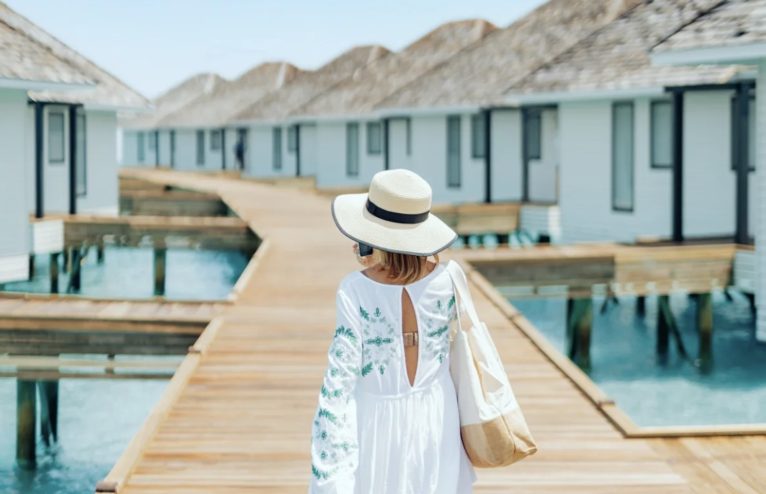
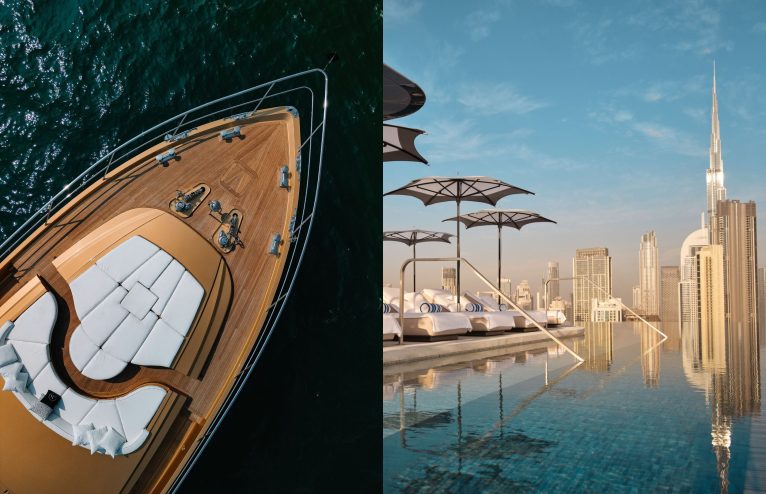
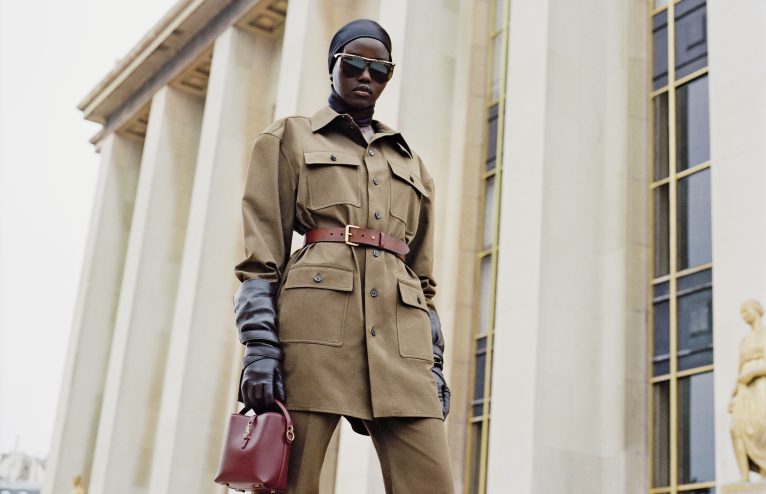
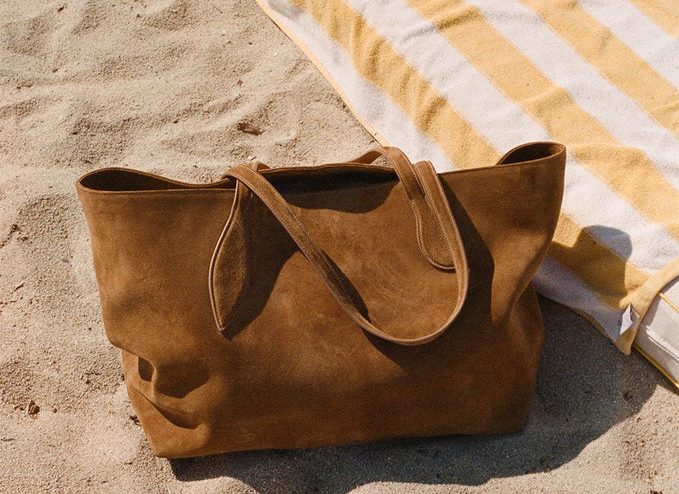


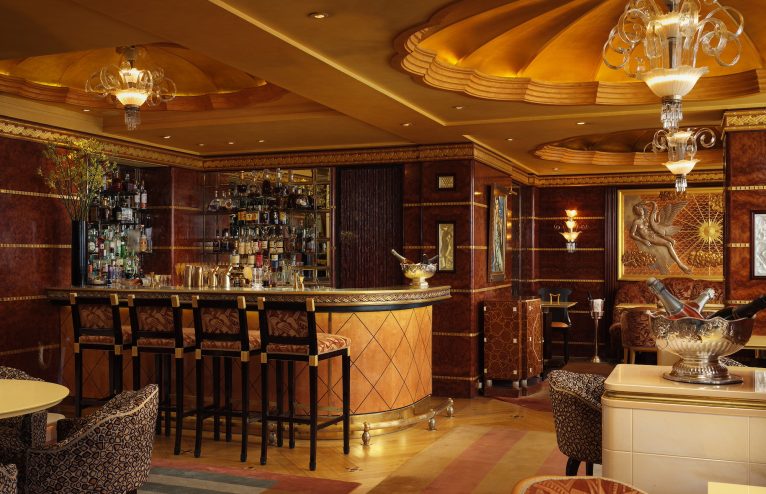
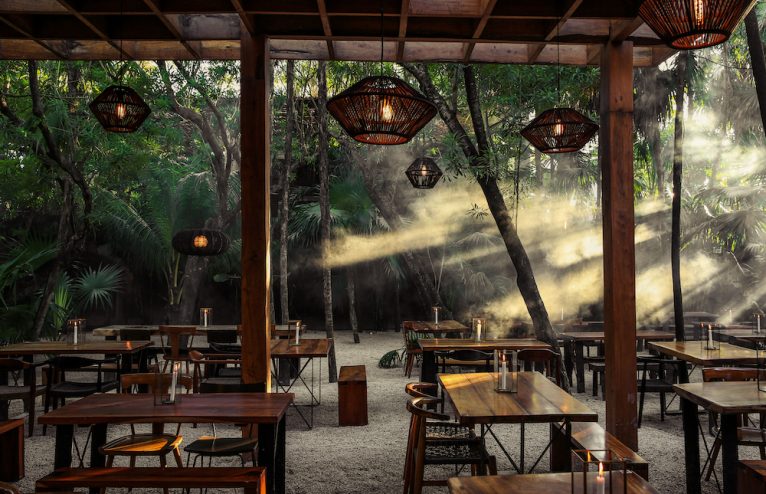

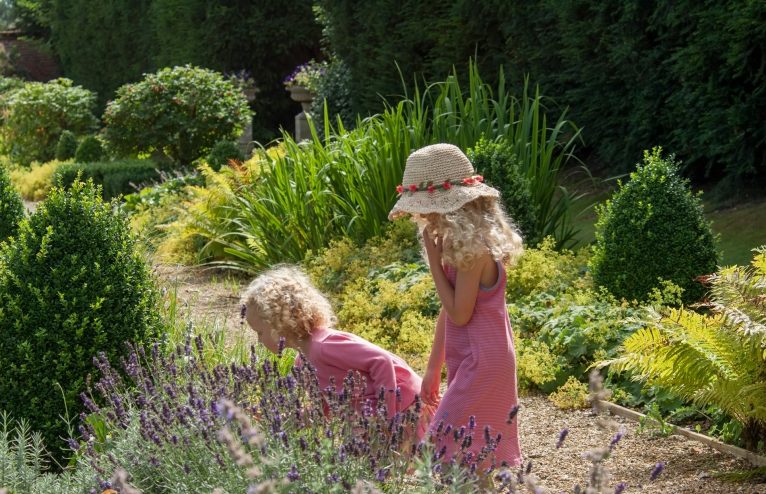





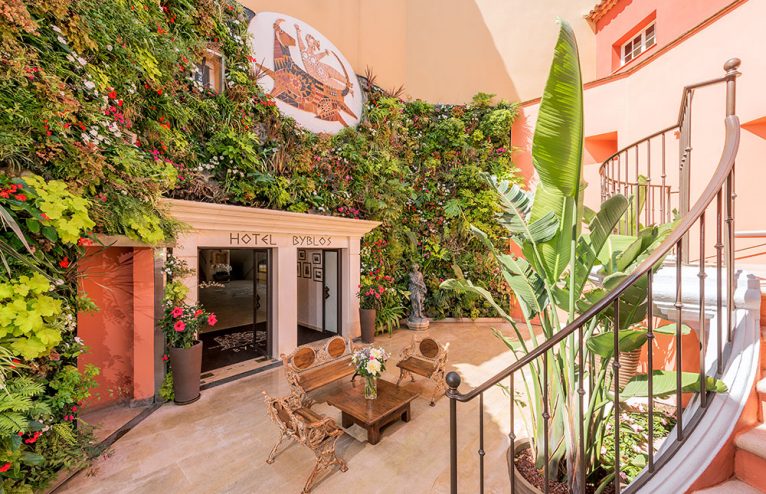
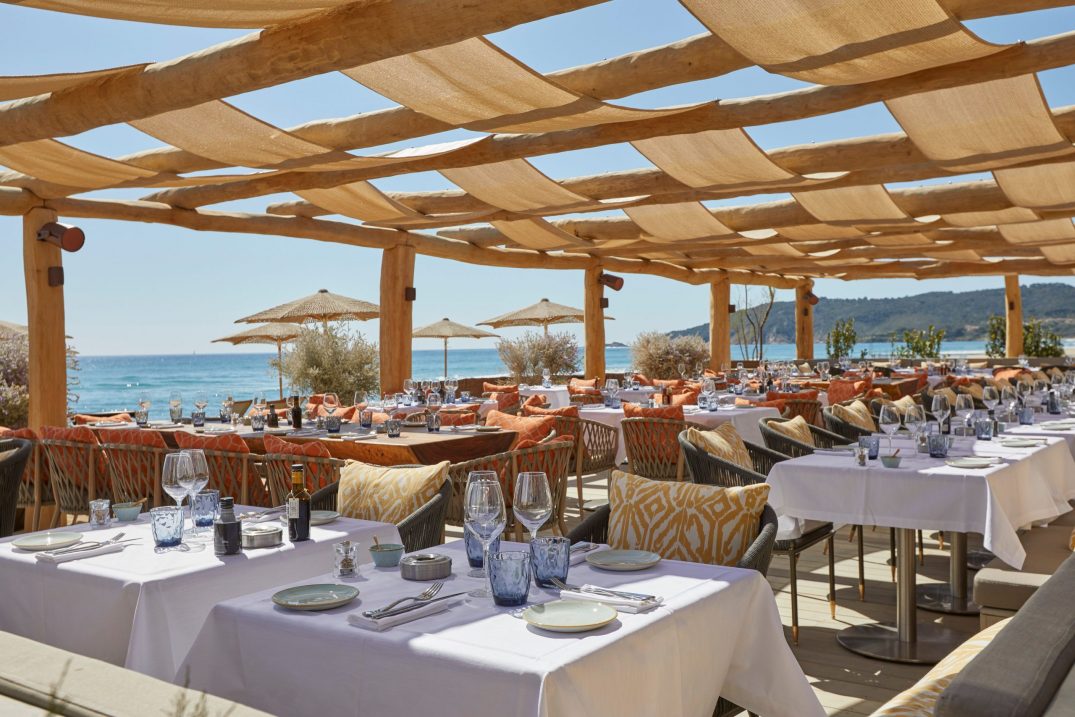
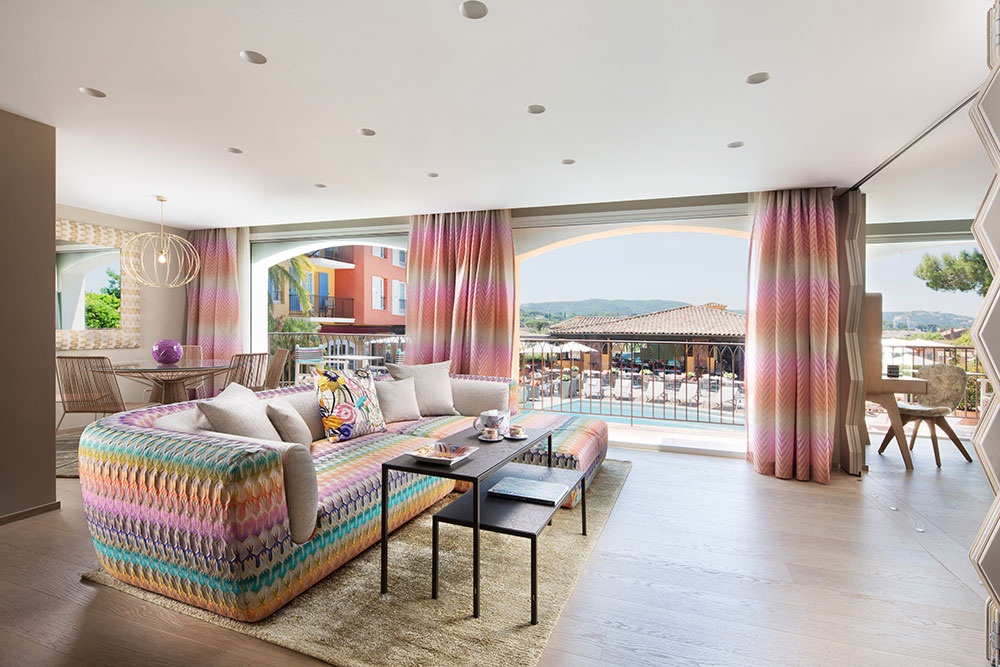
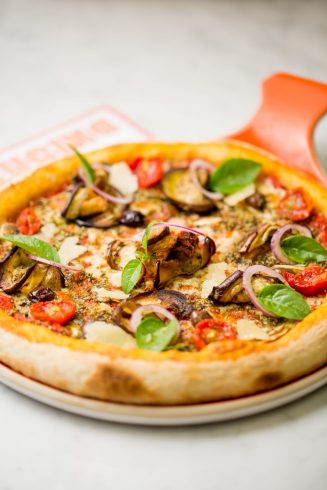
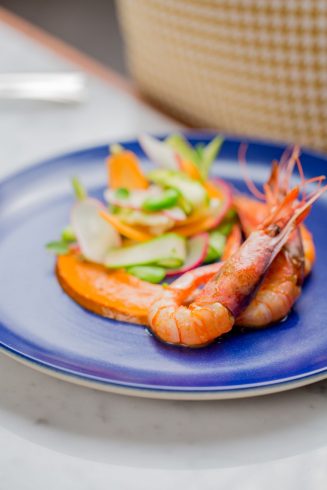
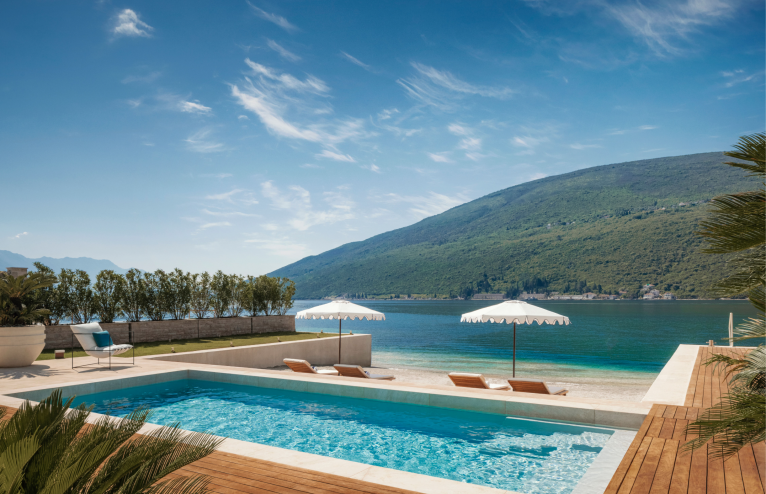




Any Questions or Tips to add?